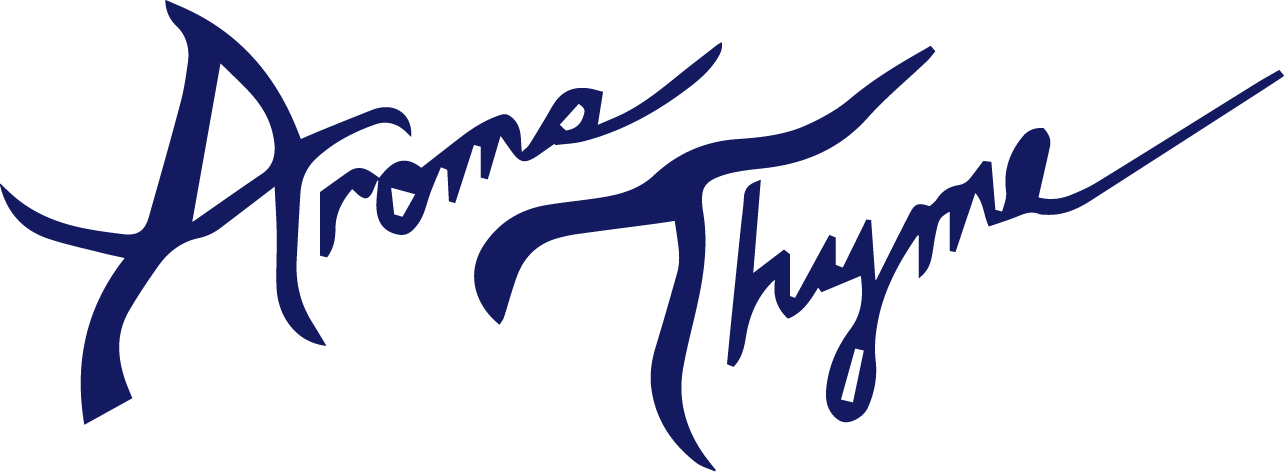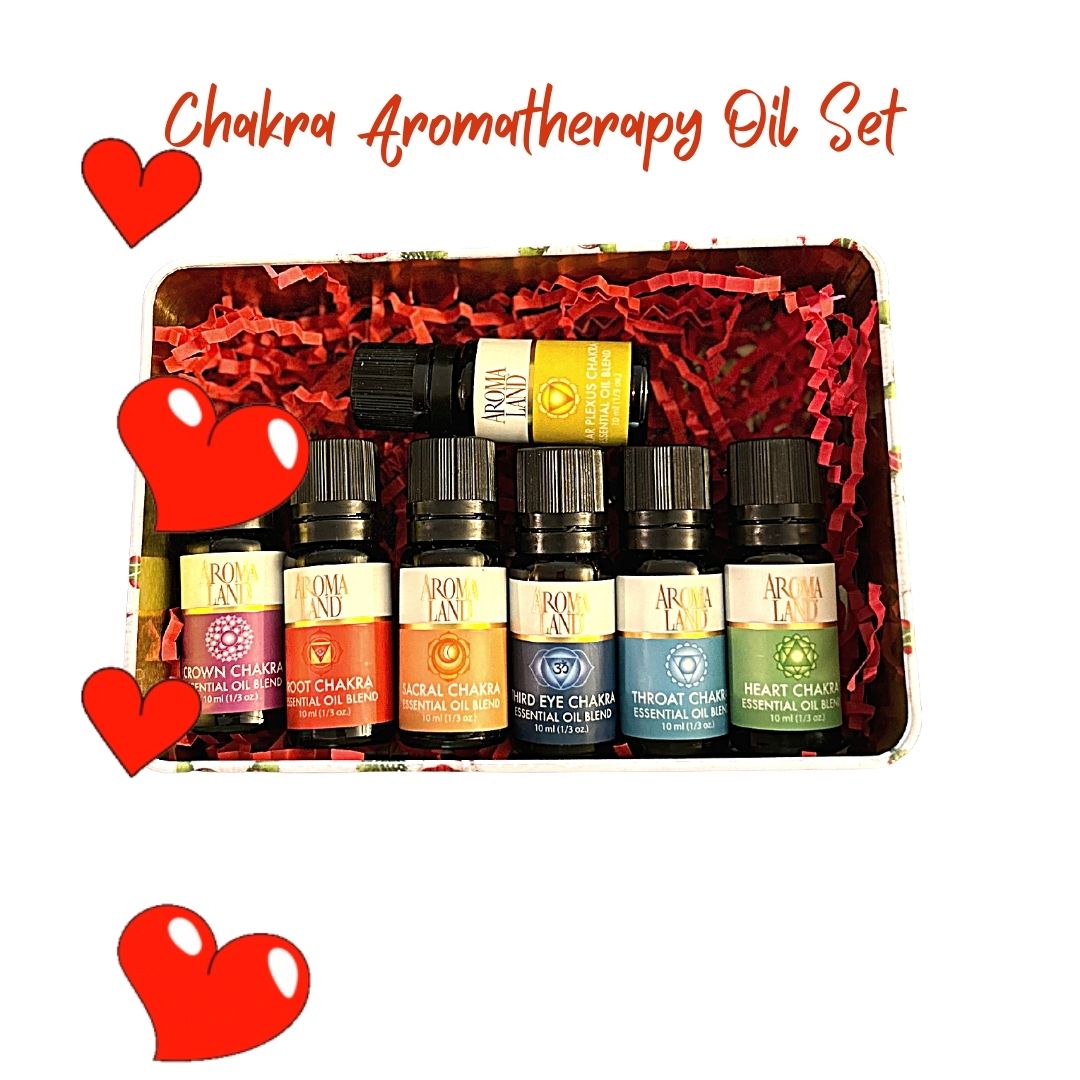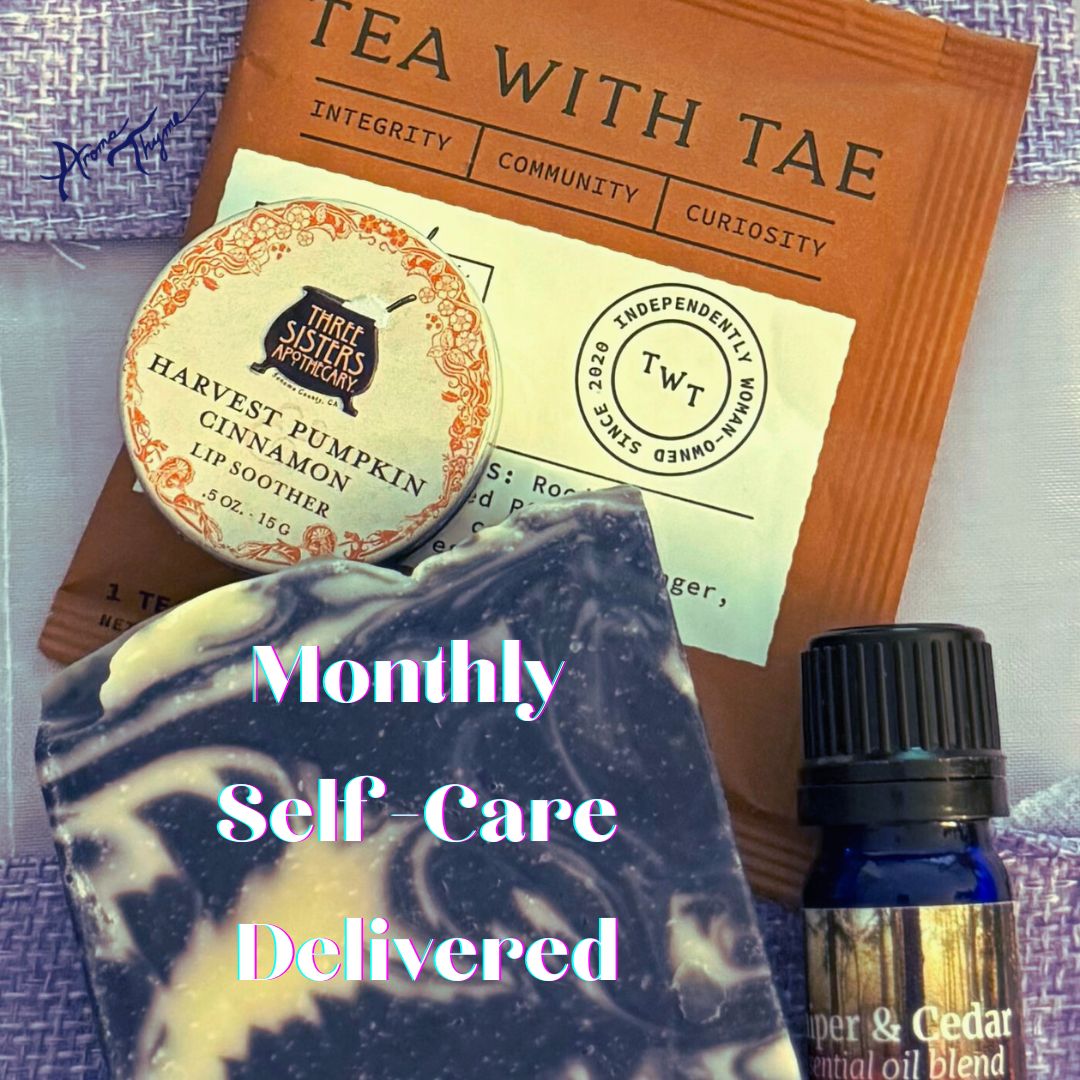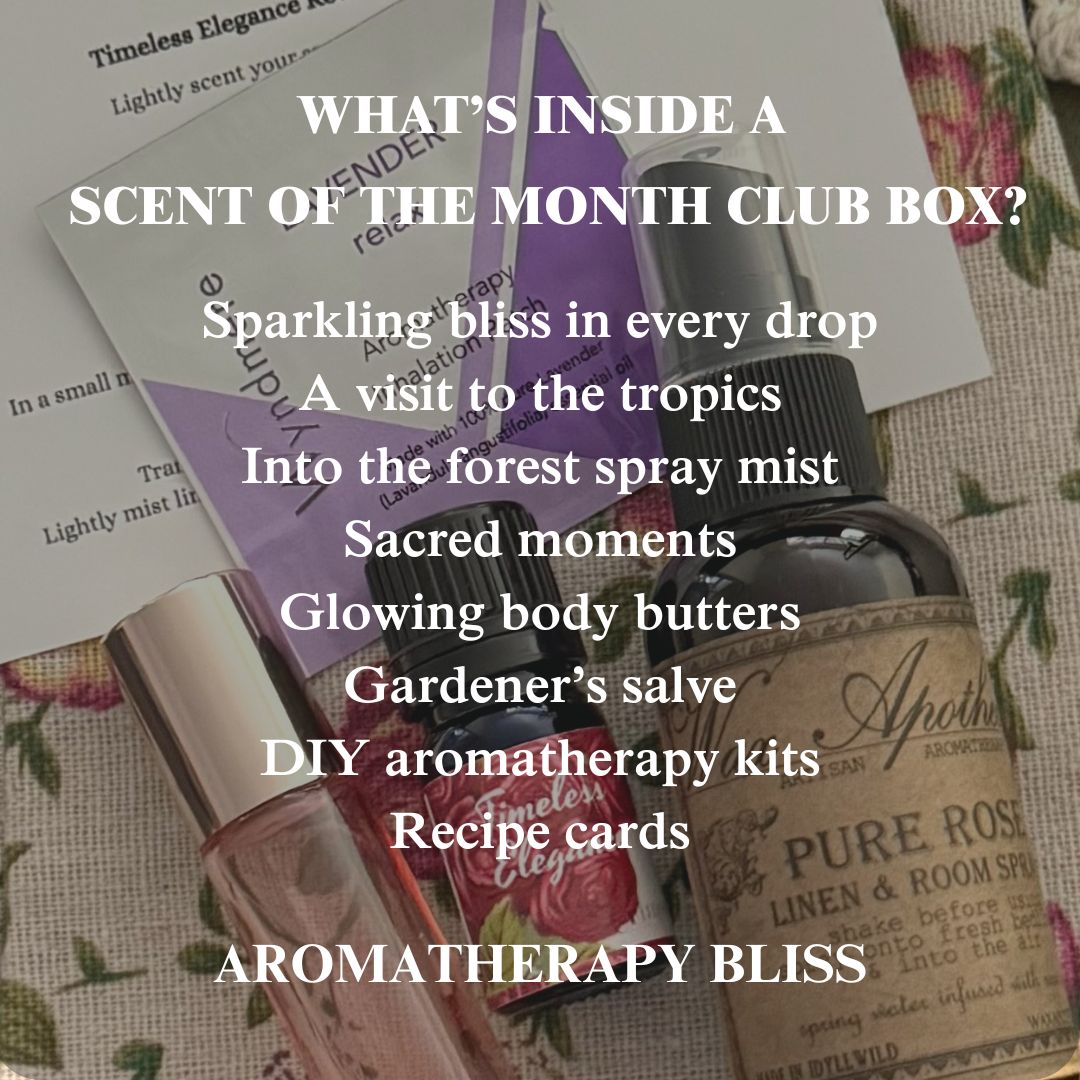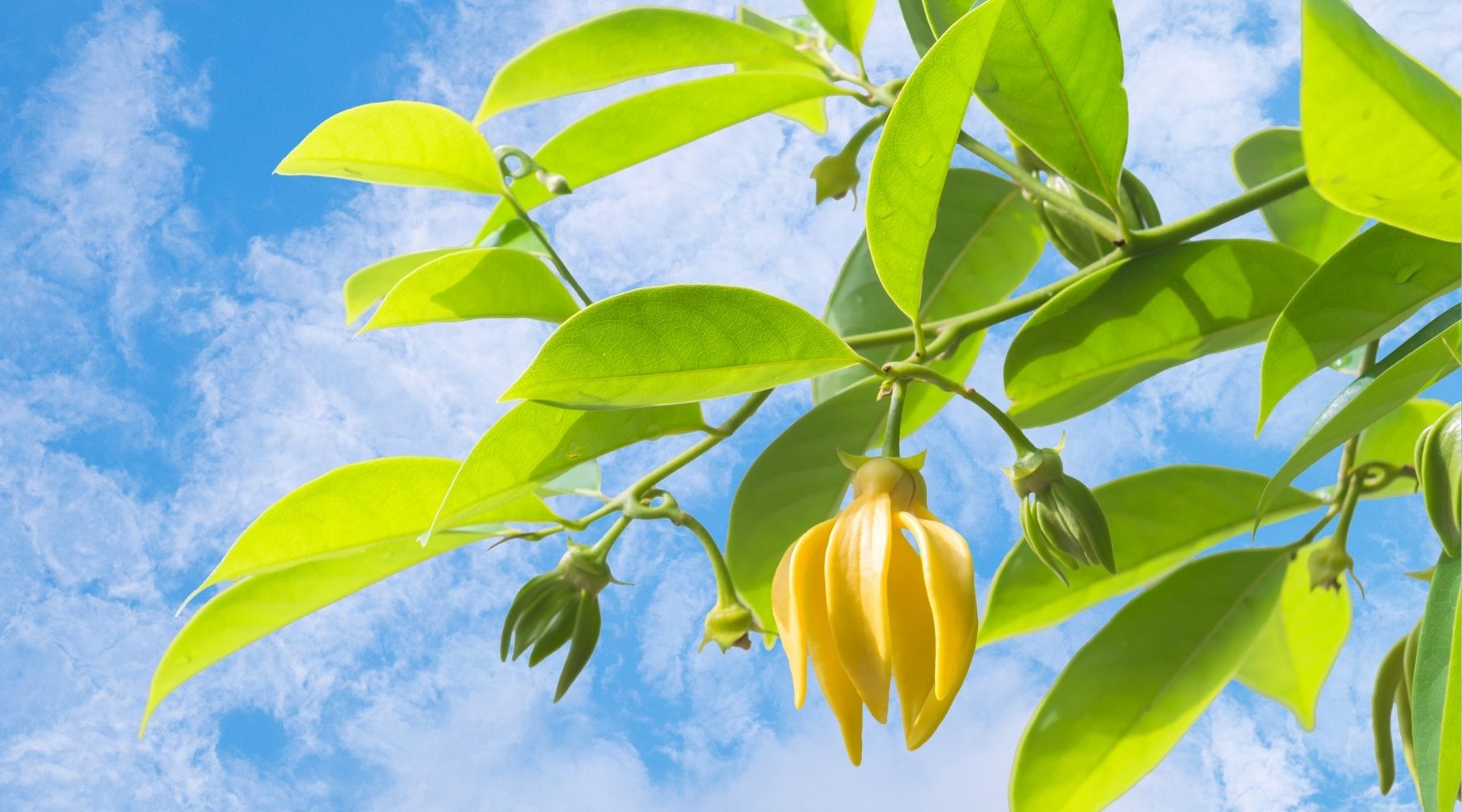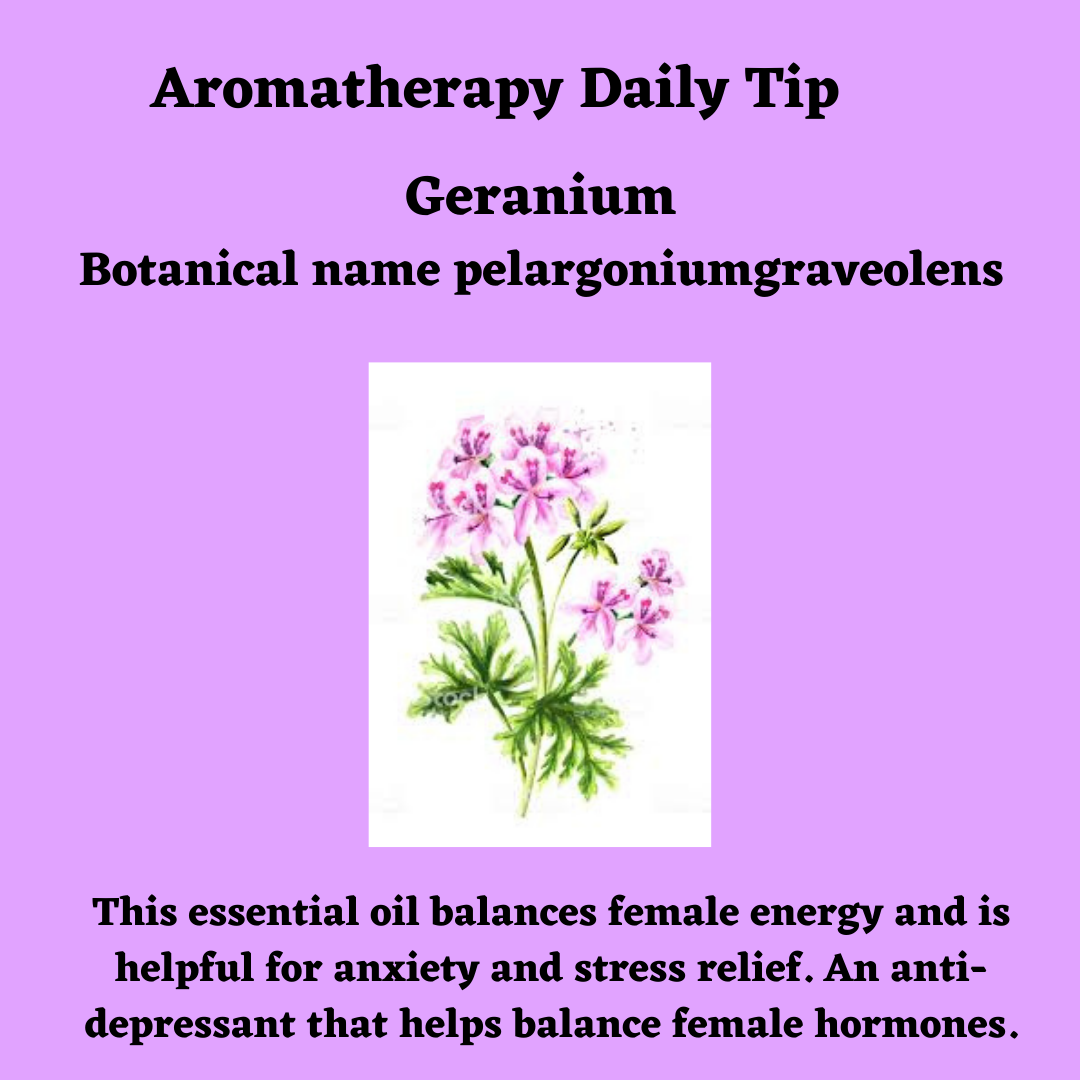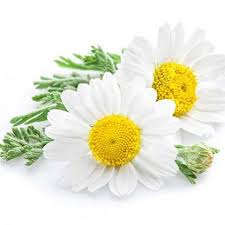
Chamomile Essential Oil Profile
CHAMOMILE Matricaria recutita/Cltamaemelum nobile
Botanical Family Asteraceae (Compositae)
Species
The common nam.e "chamomile", is used to describe at least four different essential oils, one of which is from a different genus and species! The confusion derives in part from the blue color some of the oils have; in part to confused botanical nomenclature.
Mairicaria recuiiia or M. chamomill.a (German chamomile or Hungarian chamomile, sometimes called blue chamomile). "Matricaria" means "mother herb". Deep blue color and tart, intense aroma. It has excellent anti-inflammatory and antispasmodic properties.
Grrnenis muliicaulis or 0. mtxia or mixium (Moroccan chamomile) is correctly called Chamaemelum mixticni (jeanne Rose, 1994). Often sold as chamomile, it is less expensive oil than Roman or German. The oil is pale yellow to yellow brown; the aroma is fresh, herbaceous with fruity, spicy undertones. Ormenis oil is anti-infectious, and tonic for the nervous system and is used often for skin conditions, including sensitive skin, eczema, and derrn.atitis.
Tanaceium annum (Moroccan blue chamomile or chamomile blue atlas)--is NOT a chamomile (and not a replacement)! Inky blue in color, resembling German chamomile, it has a sweeter, fruity aroma.
Description
German chamomile is an annual herb growing to about two feet tall, with a hairless, branching stem. Roman chamomile is shortier and stockier with a many branched hairy stem. They both have feathery leaves and flowers resembling small daisies; Roman chamomile has larger flowers. Moroccan chamomile (Orrnenis) does not resemble the other two; it grows to 3-4 feet tall, with hairy leaves and tubular yellow flowers.
Distribution
German chamomile is native to Europe and Asia and is naturalized in North America and Australia. No longer cultivated in Germany, it is grown in Hungary and Eastern Europe. Roman chamomile is native to southwestern Europe and is naturalized in North America. Roman chamomile is cultivated in England, Hungary, Italy, Belgium, and France. The oil is often distilled in England. Chamomiles often grow as weeds along roadsides, or in open fields; German chamomile requires sun and dry sandy
soil; the double-flowering form of Roman chamomile needs a richer, moister soil. Morrocan chamomile (orrnenis) is native to Africa and Spain, possibly it evolved from a very common ormenis species, growing throughout the Mediterranean
Extraction
Essential oil is steam distilled from the flowering heads of German, Roman, and Moroccan chamomile.
Traditional Uses
Chamomile has a long history of use for medicinal purposes. The Egyptians used it as a fever reducing agent. The Greeks called it "ground apple" because of its apple-like aroma. The Saxons called it "maythen" and believed it was one of the nine sacred herbs given to the world by their god, Woden. During the Middle Ages it was used as a strewing herb. German chamomile's name "matricaria" refers to its use as a gynecological herb. Distilled from fresh flowers since medieval times, the essential oil was used for its anti-inflammatory action on the skin, and for treatment of digestive and bronchial disorders. Chamomile is sedative and is thought to dispel melancholy.
